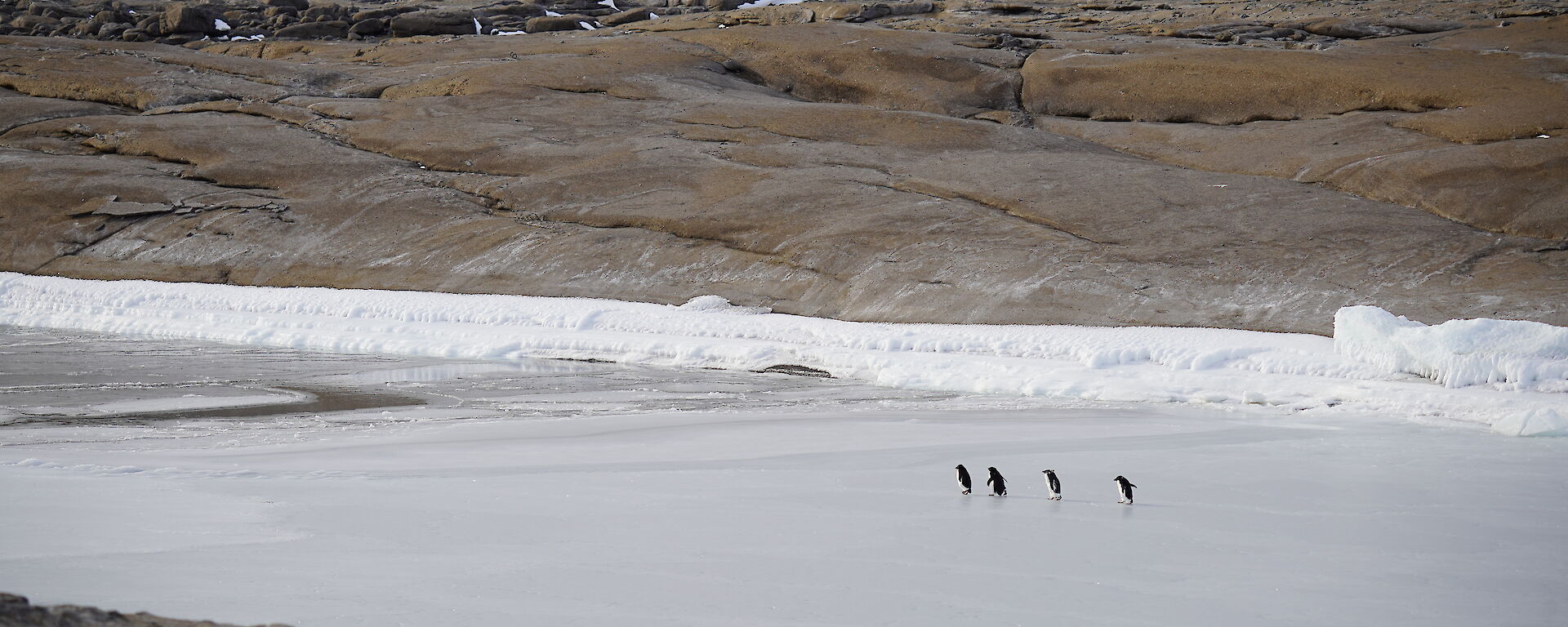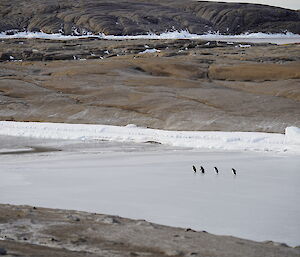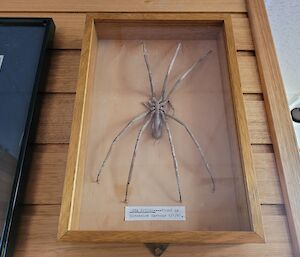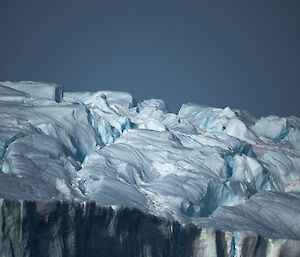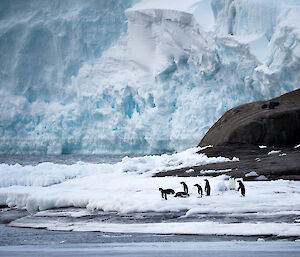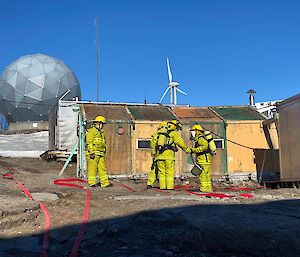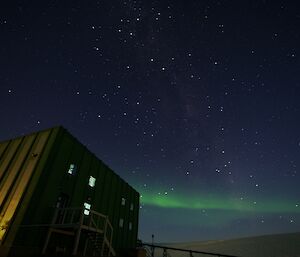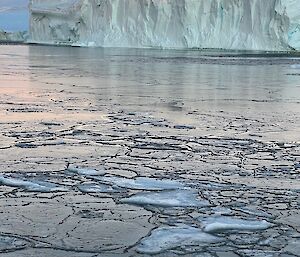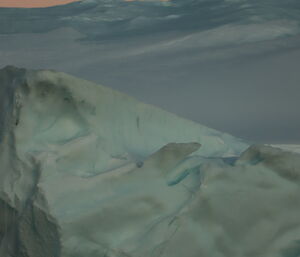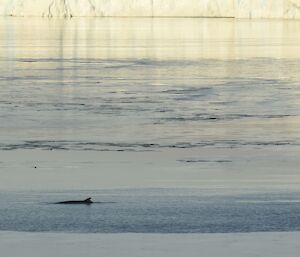Friends and family back home always had weird notions of what Antarctic living is like. No, Mum, we don’t live in tents for the entire 12 months (we are not that heroic). Yes, we do have reliable internet (otherwise most of us would have turned around and gone home). No, we still can’t escape spiders even here (hint: don’t Google Antarctic sea spiders before bedtime).
It’s hard to describe what a typical day here at Mawson station is like, and not just because we’ve only been here for two weeks. We do have normal work hours from 7:30am to 4pm, with smoko (morning tea) and lunch in between. Saturdays are often spent with a few hours work in the morning, then community ‘Saturday Duties’ whereby we all chip in and help clean up our living quarters and split communal tasks. There are always key personnel on call 24/7 on a rotating roster – you always want someone available to keep the heating on!
Apart from our day-to-day work duties there is always someone on Slushy duty in the kitchen to help our amazing chef keep fattening us up (fat is the first layer of defence against the cold… which is a handy excuse if someone raises an eyebrow at your second helping of dessert). There is someone in charge of our hydroponics shed, hobby hut, gym, library, social calendars, and more. Despite what people back home think, there’s always something to do to keep us busy!
In other news, this week saw the formation of sea ice in Horseshoe Harbour. Intrepid penguins have braved the winds to start the long slow process of waddling out across the ice to reach the southern seas for winter. Less intrepid expeditioners have opted to stay indoors and feast on the chef’s delectable Pandan Chiffon cake.
David Tian, Station Doctor

